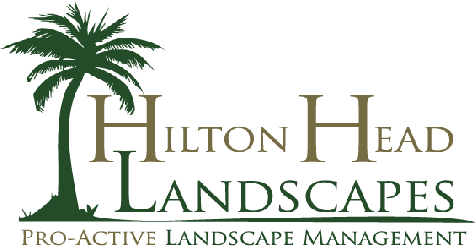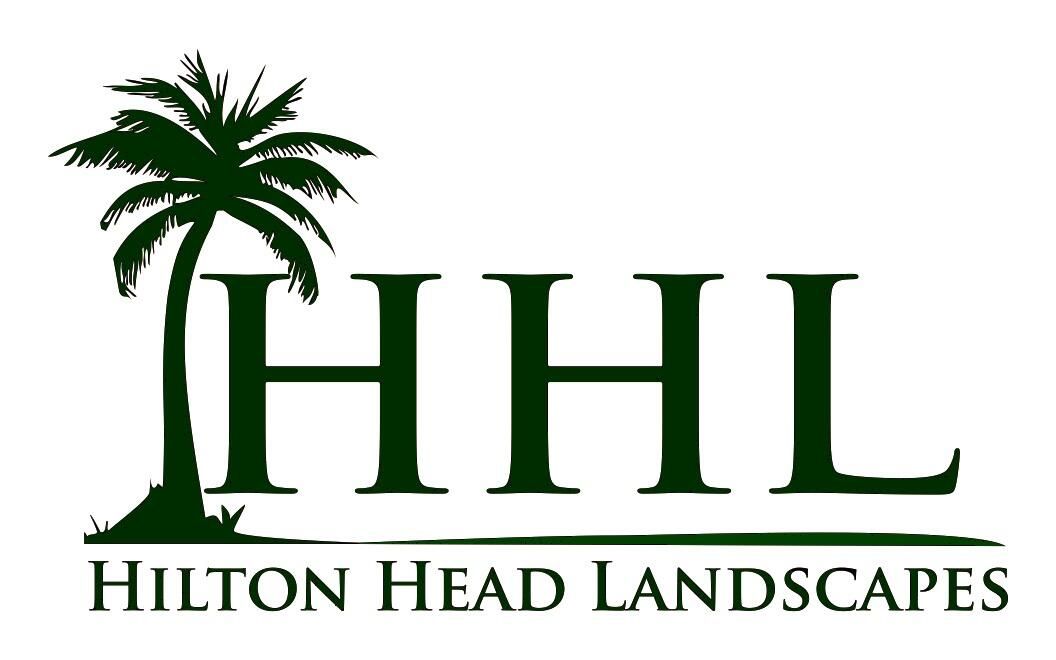Natural Pond Creation: Hilton Head's Oasis Guide
Key Takeaways
- Natural ponds enhance biodiversity and create a serene atmosphere in Hilton Head landscapes
- Proper site selection and excavation are crucial for successful pond creation
- Native aquatic plants play a vital role in maintaining pond health and attracting wildlife
- Regular maintenance is necessary to keep natural ponds balanced and thriving
- Incorporating local materials can help the pond blend seamlessly with Hilton Head's natural environment
Creating a natural pond is an excellent way to enhance your Hilton Head property's beauty and ecological value. Natural ponds provide a habitat for local wildlife, increase biodiversity, and create a tranquil focal point in your landscape. This guide will walk you through the process of creating a natural pond that fits perfectly with Hilton Head's unique coastal environment.
Choosing the Right Location
The first step in natural pond creation is selecting the ideal spot on your property. In Hilton Head, where the landscape is characterized by sandy soil and a high water table, careful consideration of the location is crucial.
Assessing Sunlight and Shade
When choosing a location for your natural pond, consider the amount of sunlight it will receive. Ideally, your pond should get about 6 hours of direct sunlight daily. This balance allows for healthy plant growth while preventing excessive algae buildup.
Evaluating Soil Conditions
Hilton Head's sandy soil can present challenges for pond creation. It's important to assess the soil's ability to hold water. In some cases, you may need to add a clay liner to prevent excessive water seepage.
Considering Proximity to Trees
While trees can provide nice shade and habitat for wildlife, be cautious about placing your pond too close to large trees. Falling leaves can accumulate in the pond, affecting water quality. Additionally, tree roots can damage pond liners over time.
Planning Your Pond Design
Before you start digging, it's essential to have a clear plan for your pond's design. This includes deciding on the size, shape, and depth of your pond.
Determining Pond Size
The size of your pond will depend on your available space and personal preferences. In Hilton Head, where lot sizes can vary, it's important to scale your pond appropriately. A good rule of thumb is to aim for a pond that's at least 50 square feet in surface area to maintain a stable ecosystem.
Creating Varied Depths
To support a diverse range of aquatic life, incorporate different depth zones in your pond. Include shallow areas (6-12 inches deep) for marginal plants, medium depths (2-3 feet) for submerged plants, and deeper areas (3-4 feet) to provide refuge for fish and other aquatic creatures during hot Hilton Head summers.
Incorporating Natural Curves
When designing your pond, avoid straight lines and perfect circles. Instead, opt for natural, organic shapes that mimic the curves found in nature. This will help your pond blend seamlessly with the surrounding landscape.
Excavation and Construction
Once you have a solid plan, it's time to start the excavation process. This is a critical phase in natural pond creation.
Marking the Outline
Use spray paint or a garden hose to mark the outline of your pond. This will serve as a guide during excavation.
Digging the Pond
When digging your pond, start from the center and work your way outward. Create shelves or terraces at different depths to support various plant types. In Hilton Head's sandy soil, you may need to dig slightly deeper than planned to account for potential sand shifting.
Installing a Pond Liner
Unless you're fortunate enough to have naturally clay-rich soil, you'll likely need to install a pond liner. Choose a high-quality, UV-resistant liner that can withstand Hilton Head's intense sun. Be sure to add a protective underlayment before installing the liner to prevent punctures from sharp objects in the soil.
Adding Water and Substrate
After the liner is in place, it's time to add water and substrate to your pond.
Filling the Pond
When filling your pond, use dechlorinated water if possible. If you're using tap water, let it sit for a few days to allow the chlorine to dissipate naturally.
Creating a Natural Bottom
To create a more natural-looking pond bottom, add a layer of sand or small gravel over the liner. This not only improves the aesthetic but also provides a substrate for beneficial bacteria to colonize.
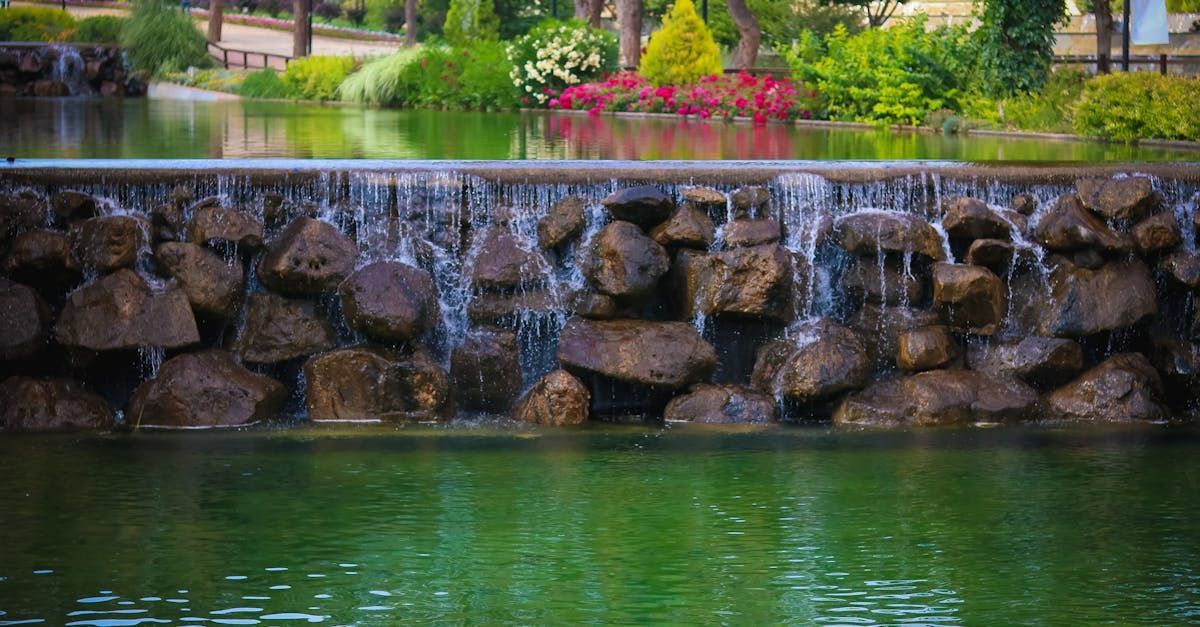
Incorporating Native Plants
One of the most important aspects of natural pond creation is the selection and placement of aquatic plants. In Hilton Head, it's crucial to choose native species that are well-adapted to the local climate and ecosystem.
Marginal Plants
These plants grow in shallow water around the edges of the pond. Some excellent native options for Hilton Head include:
- Blue Flag Iris (Iris virginica)
- Pickerelweed (Pontederia cordata)
- Arrow Arum (Peltandra virginica)
Submerged Plants
Submerged plants help oxygenate the water and provide habitat for aquatic creatures. Consider adding:
- Hornwort (Ceratophyllum demersum)
- Eelgrass (Vallisneria americana)
Floating Plants
Floating plants help shade the water and reduce algae growth. Native options include:
- American White Water Lily (Nymphaea odorata)
- Spatterdock (Nuphar advena)
Attracting Wildlife
A natural pond can become a haven for local wildlife, adding to the biodiversity of your Hilton Head property.
Creating Habitat Features
Incorporate rocks, logs, and other natural materials around your pond to provide hiding spots and basking areas for wildlife. These features will make your pond more attractive to frogs, turtles, and beneficial insects.
Adding Fish
If your pond is large enough (at least 200 square feet), consider adding native fish species. Mosquitofish (Gambusia holbrooki) are an excellent choice for natural mosquito control in Hilton Head ponds.
Maintaining Water Quality
Keeping your pond's water clean and healthy is crucial for a thriving ecosystem.
Natural Filtration
Encourage the growth of beneficial bacteria by adding a biofilter or incorporating a small waterfall or stream. These features help oxygenate the water and remove excess nutrients.
Regular Cleaning
Remove fallen leaves and debris regularly to prevent them from decomposing in the water. In Hilton Head's climate, this may need to be done more frequently during certain seasons.
Water Testing
Regularly test your pond's water quality, checking for pH levels, ammonia, and nitrates. This will help you catch and address any issues early on.
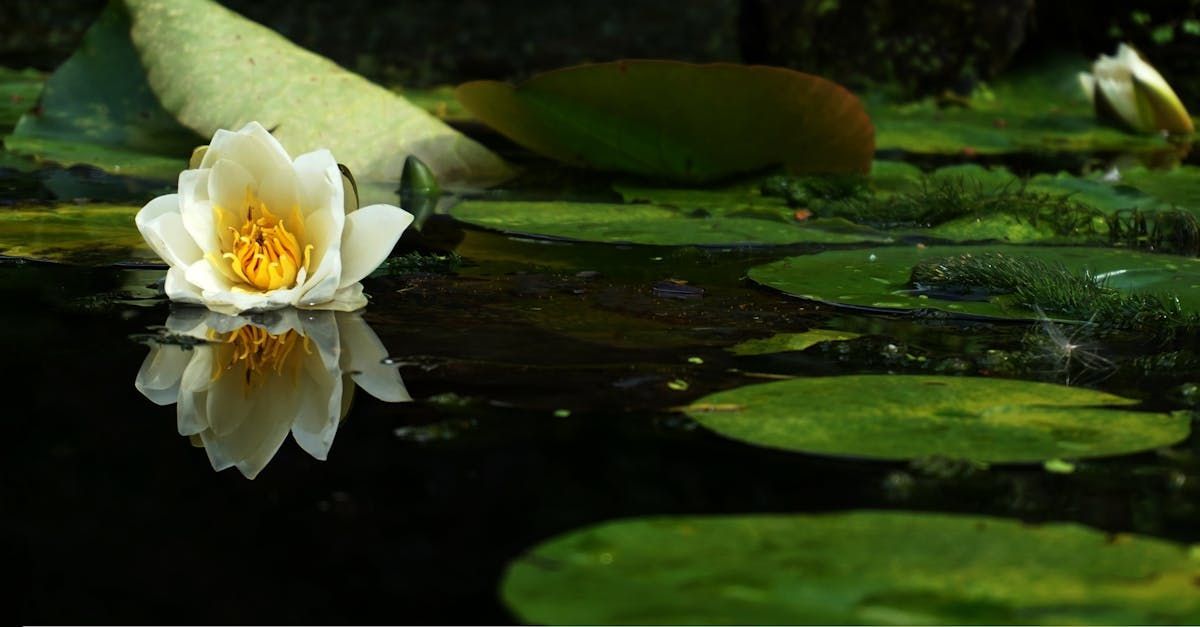
Seasonal Considerations for Hilton Head Ponds
Hilton Head's subtropical climate presents unique challenges and opportunities for pond maintenance throughout the year.
Summer Care
During Hilton Head's hot summers, monitor water levels closely and top up as needed. Consider adding extra shade plants to help keep the water cool and reduce evaporation.
Winter Preparations
While Hilton Head winters are mild, occasional cold snaps can occur. If you have fish in your pond, ensure there's an area deep enough (at least 3 feet) for them to overwinter comfortably.
Spring Cleanup
As temperatures warm up in spring, remove any dead plant material and perform a thorough cleaning of your pond. This is also a good time to divide and replant any overgrown aquatic plants.
Troubleshooting Common Issues
Even with careful planning and maintenance, you may encounter some challenges with your natural pond.
Algae Control
Algae blooms can be a common issue, especially in new ponds. To control algae:
- Ensure you have enough plants to compete with algae for nutrients
- Use barley straw or barley extract as a natural algae inhibitor
- Consider adding beneficial bacteria products to help break down excess nutrients
Dealing with Mosquitoes
To prevent your pond from becoming a mosquito breeding ground:
- Introduce mosquito-eating fish like Gambusia
- Use a fountain or small waterfall to keep water moving
- Add Bacillus thuringiensis israelensis (BTI) dunks, a natural mosquito larvicide
Managing Invasive Species
Be vigilant about removing any invasive plant species that may appear in or around your pond. Common invasives in Hilton Head include:
- Water Hyacinth (Eichhornia crassipes)
- Alligatorweed (Alternanthera philoxeroides)
Promptly remove these plants if you spot them to prevent them from taking over your pond ecosystem.
Enhancing Your Pond's Surroundings
To create a cohesive landscape, consider how your pond integrates with the surrounding area.
Native Plantings
Surround your pond with native Hilton Head plants that thrive in moist soil conditions. Some options include:
- Swamp Milkweed (Asclepias incarnata)
- Joe-Pye Weed (Eutrochium fistulosum)
- Cardinal Flower (Lobelia cardinalis)
These plants not only look beautiful but also attract pollinators and provide additional wildlife habitat.
Creating Viewing Areas
Incorporate seating areas or a small deck near your pond to create spaces where you can relax and enjoy the sights and sounds of your aquatic ecosystem.
Legal Considerations
Before creating a natural pond on your Hilton Head property, it's important to be aware of any local regulations or restrictions.
Permits and Regulations
Check with the Town of Hilton Head Island's Community Development Department to determine if you need any permits for pond construction. Some factors that may require permits include:
- Pond size
- Proximity to property lines
- Impact on existing drainage patterns
Safety Measures
Consider installing safety features, especially if you have young children or pets. This might include:
- Gradual slopes to prevent accidental falls
- Fencing around deeper areas
- Clear pathways around the pond to prevent slips
Integrating Your Pond with Hilton Head's Natural Landscape
To ensure your pond feels like a natural part of Hilton Head's ecosystem, consider the following tips:
Using Local Materials
Incorporate materials found naturally in Hilton Head's landscape, such as:
- Oyster shells for decorative accents
- Local river rocks for edging
- Driftwood for habitat features
Mimicking Natural Water Features
Design your pond to resemble the natural water features found in the Lowcountry, such as:
- Coastal marshes
- Freshwater swamps
- Tidal creeks
This approach will help your pond blend seamlessly with the surrounding environment and feel like a natural part of Hilton Head's landscape.
The Environmental Impact of Your Natural Pond
Creating a natural pond on your Hilton Head property can have significant positive impacts on the local environment.
Supporting Local Biodiversity
Your pond can serve as a crucial habitat for various species, including:
- Amphibians like the Green Treefrog and Southern Leopard Frog
- Dragonflies and damselflies
- Migratory birds using the pond as a stopover
Water Conservation
A well-designed natural pond can help with water conservation efforts by:
- Reducing the need for irrigation in surrounding landscaped areas
- Capturing and filtering rainwater runoff
- Recharging local groundwater
Educational Opportunities
Your natural pond can serve as an outdoor classroom, providing opportunities to learn about:
- Aquatic ecosystems
- Local flora and fauna
- The importance of wetland habitats
Consider partnering with local schools or environmental groups to share your pond as an educational resource.
Conclusion
Creating a natural pond on your Hilton Head property is a rewarding project that can enhance your landscape's beauty and ecological value. By carefully planning, using native plants, and maintaining proper water quality, you can create a thriving aquatic ecosystem that provides enjoyment for years to come.
Remember to consider Hilton Head's unique climate and ecosystem in your design, and don't hesitate to consult with local experts for advice specific to your property. With patience and care, your natural pond will become a cherished feature of your Hilton Head home, providing a peaceful retreat and a window into the fascinating world of aquatic life. For more information, you can visit our website or contact us.
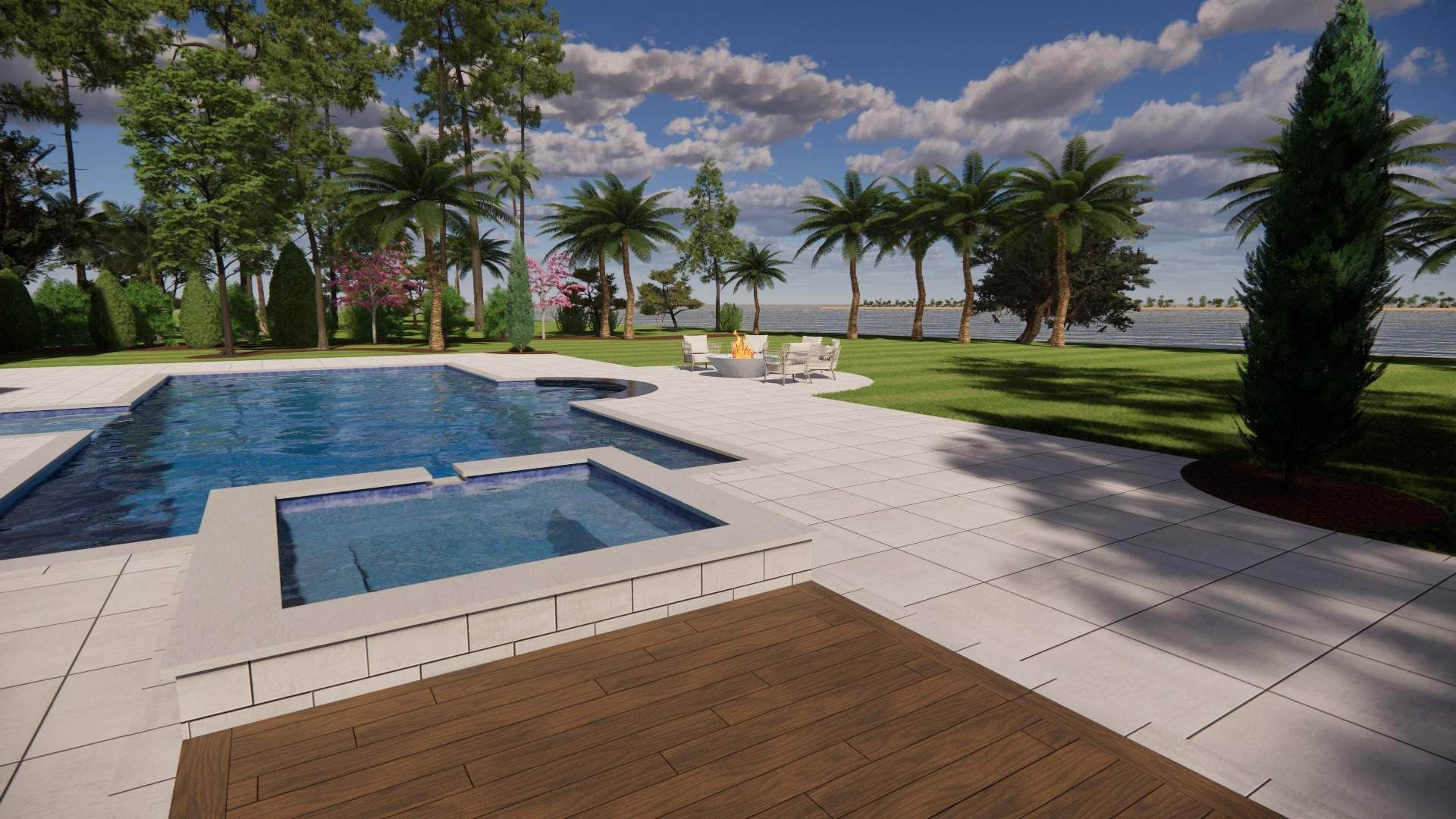
HOURS OF OPERATION:
- Mon - Fri
- -
- Sat - Sun
- Closed
All Rights Reserved | Hilton Head Landscapes | Website Created by: Kickstart Local
